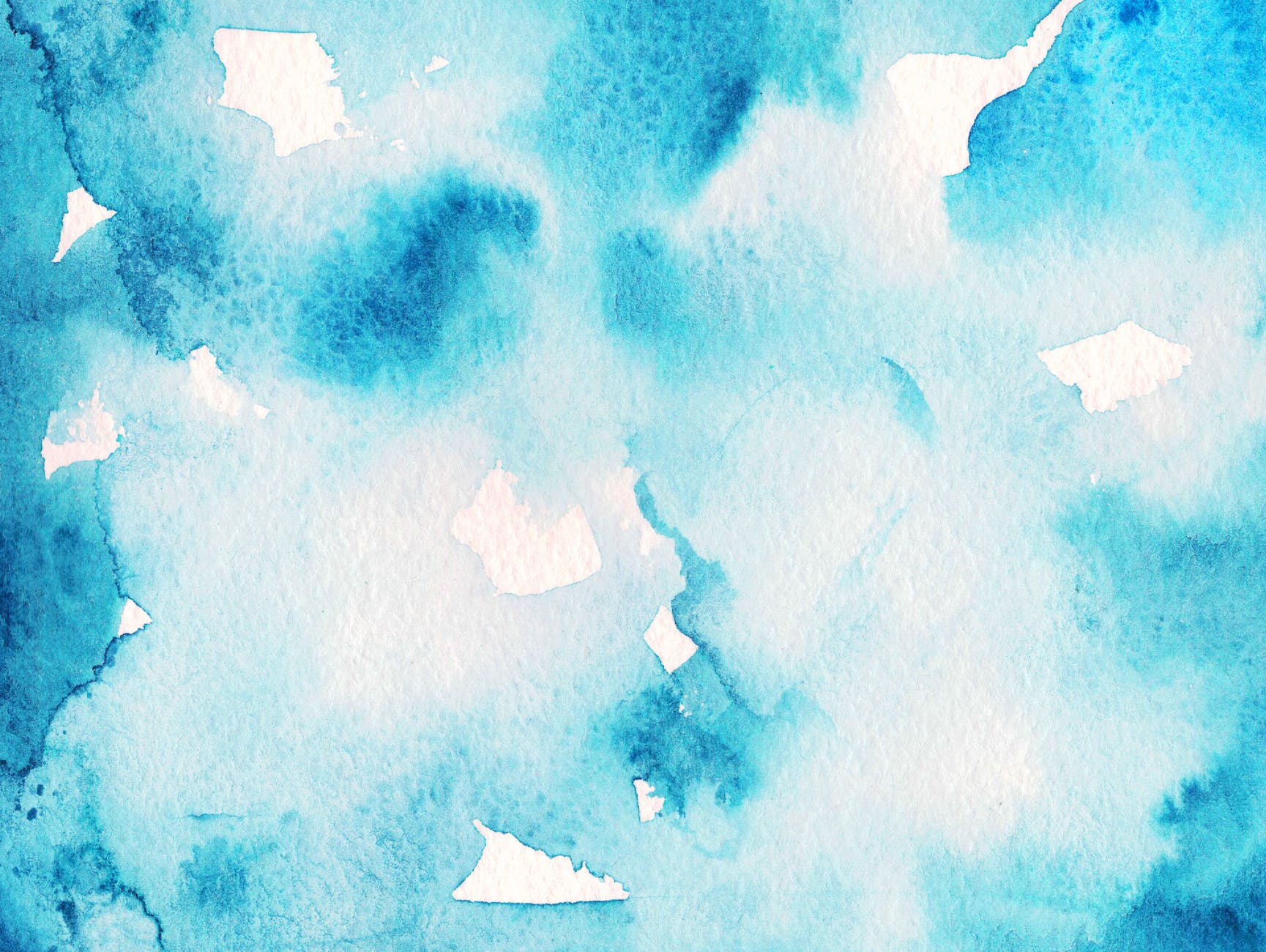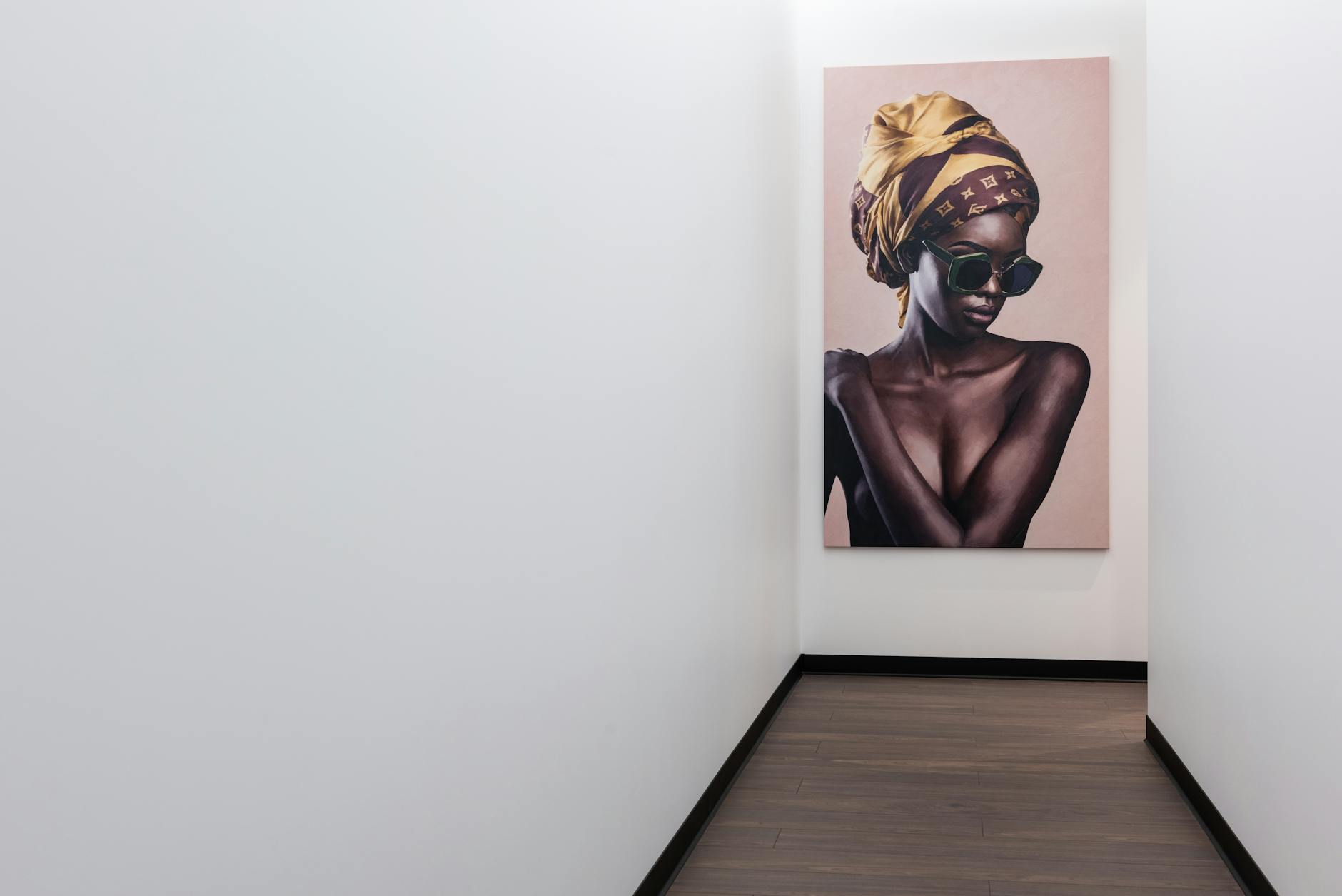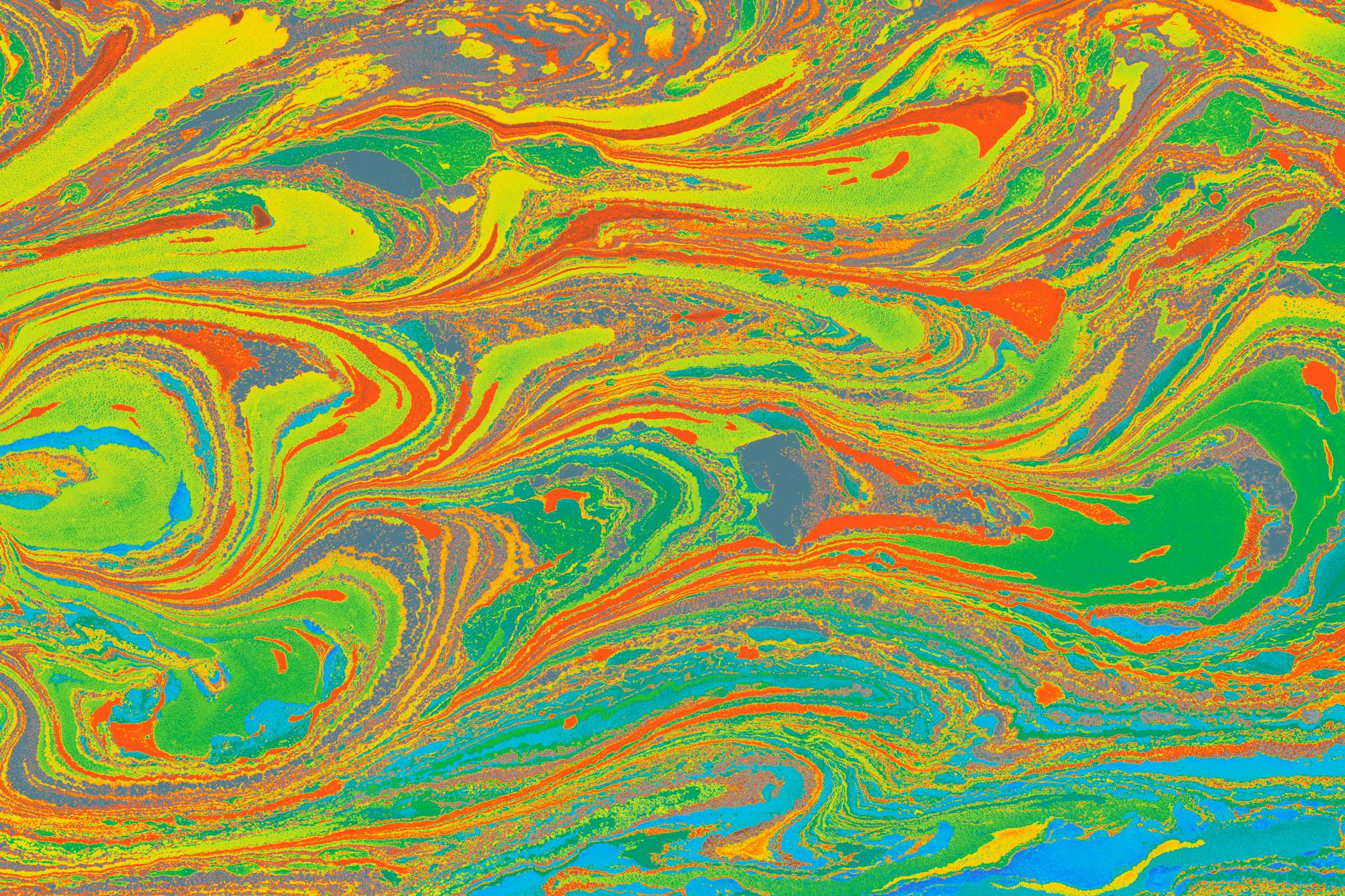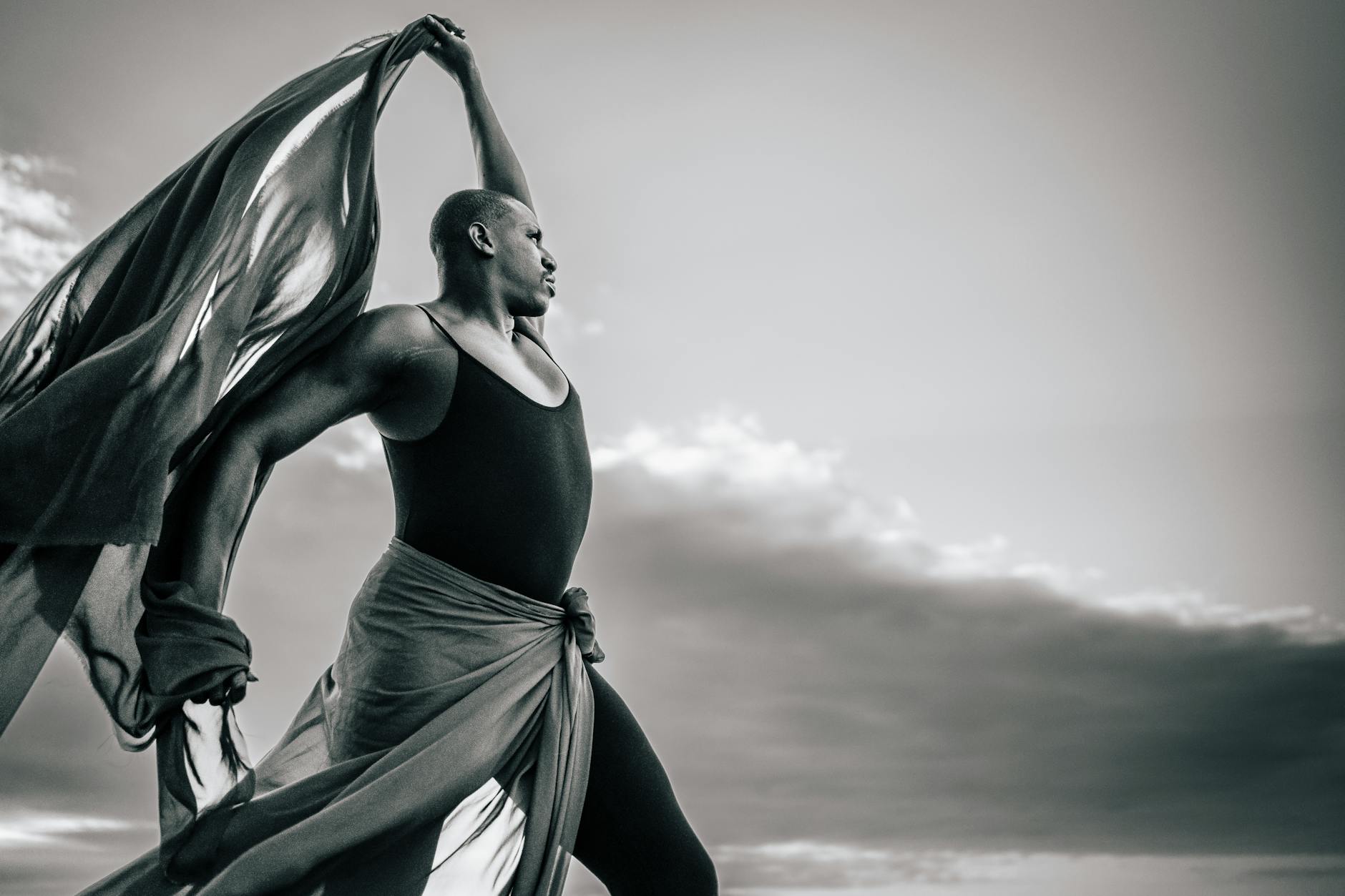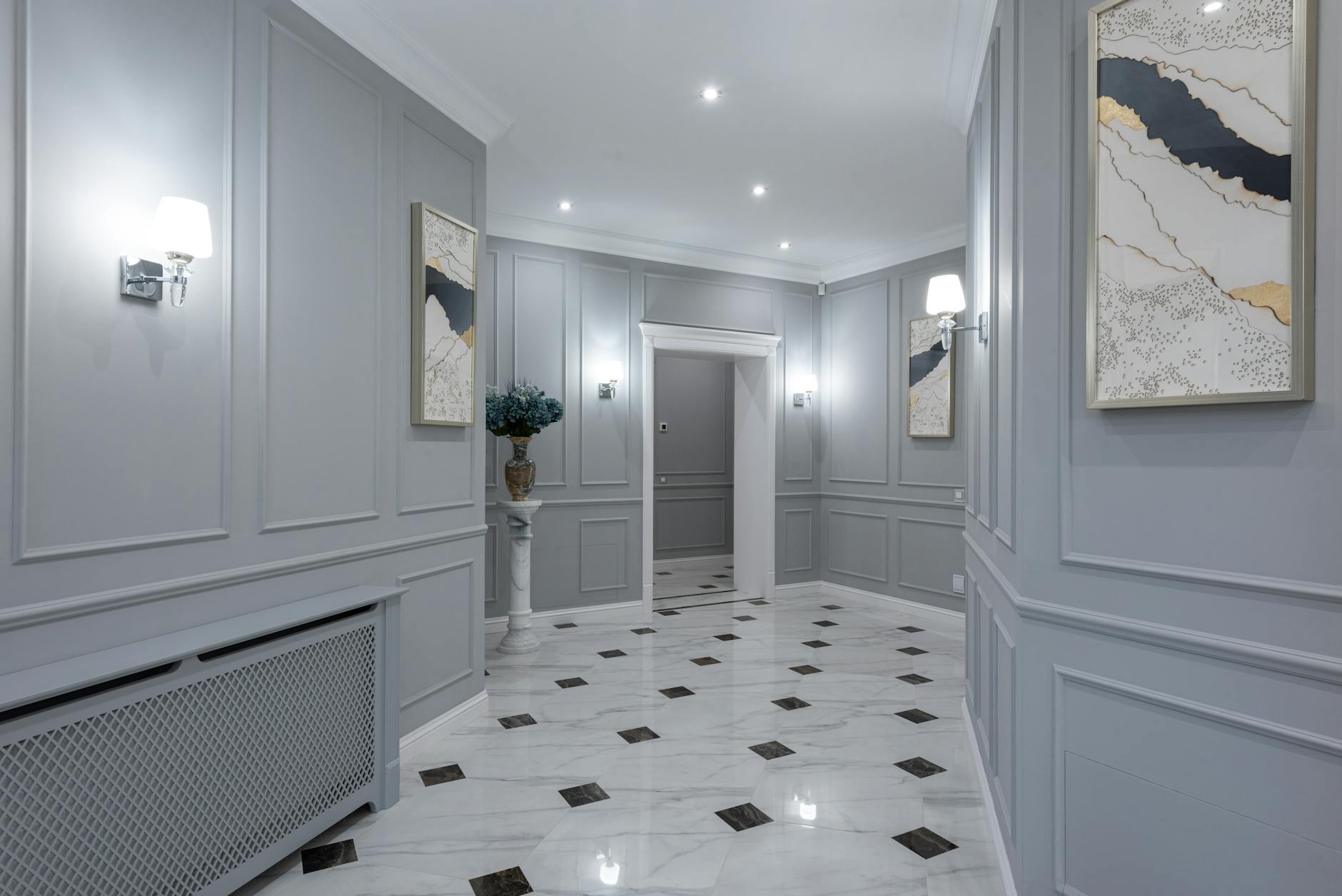From the visually arresting album covers of the 1960s counterculture to the present-day immersive art installations, the world of psychedelic art is diverse, vibrant, and continually evolving. Spanning various mediums including painting, graphic design, photography, digital art, sculpture, and mixed media, the psychedelic realm continues to push creative boundaries, offering unparalleled sensory experiences.
Often characterized by lurid colours and hypnotic patterns, psychedelic art seeks to portray and stimulate altered states of consciousness, replicating the experiences offered by mind-altering substances. However, its charm extends beyond the surface level. The exploration of various mediums in psychedelic art opens up new dimensions, encouraging viewers to question perceptions and plunge into the rabbit hole of introspection and consciousness.
In the realm of painting, the medium invokes a nostalgic connection to the flower-child era. Psychedelic painting masters, like Alex Gray and Robert Venosa, bring together technical mastery and spiritual symbolism, often exploring themes of unity and interconnectedness. Gray’s spiritual envisioning of human anatomy in works such as “Net Of Being” and Venosa’s cosmic themes on canvas highlight the complex layers of psychedelic painting.
The graphic design space in psychedelic art often leans towards saturated colors, fractal patterns and surrealistic visuals. The digital age ushered in a new wave of possibilities in this medium. Artists like Luke Brown and Android Jones raise social, environmental, and metaphysical discussions through their dazzlingly intricate designs. From event posters to digital murals, the graphic design medium in psychedelic art serves as a gateway to alternate realities.
For those looking at the world through their viewfinders, psychedelic photography offers unique ways to distort and modify reality. Photographers may employ various techniques such as double-exposure, filters, and digital manipulation to achieve disorienting effects. Dreamlike compositions, as seen in the work of Neil Krug, evoke feelings of travelling through time and space.
Moving along the tech-savvy route, digital art in the psychedelic realm enables boundaryless exploration. Using technologies like Virtual Reality (VR), 3D modeling, and CGI, artists can craft immersive experiences that take viewers on a sensory journey. The intricate digital masterpieces of Jonathan Solter or the virtual reality psychedelic experiences like MICRODOSE VR by visual artist Samskara transport the viewer to imagined realms, proving how far technology can expand our perceptual horizons.
Psychedelic art is not confined to two-dimensional forms. Sculpture artists bring mind-bending concepts to life in tangible forms. Bruce Riley’s poured paintings and planned drippings result in works that hold a distinctive textural allure. The other-worldly landscapes shaped in glass by artists like Banjo and Scott Deppe push the envelope of what’s possible in the world of psychedelic sculpture art.
Finally, artists often employ mixed media strategies to stimulate multisensory experiences. Installations, light shows, and soundscapes paired with visual elements engender an immersive environment that envelops the audience. Artists like Shrine and Chris Dyer achieve this through art that is holistic, captivating, and transformative.
The exploration of different mediums in psychedelic art is not just about creating visually stimulating work. It’s about deconstructing reality, reimagining perceptions, and providing a space for transformative experiences. Whether through a canvas painting, a digital art piece, or a mixed media installation, psychedelic art continues to delve into our understanding of consciousness and sensory perception — constantly challenging, evolving, and redefining itself.




